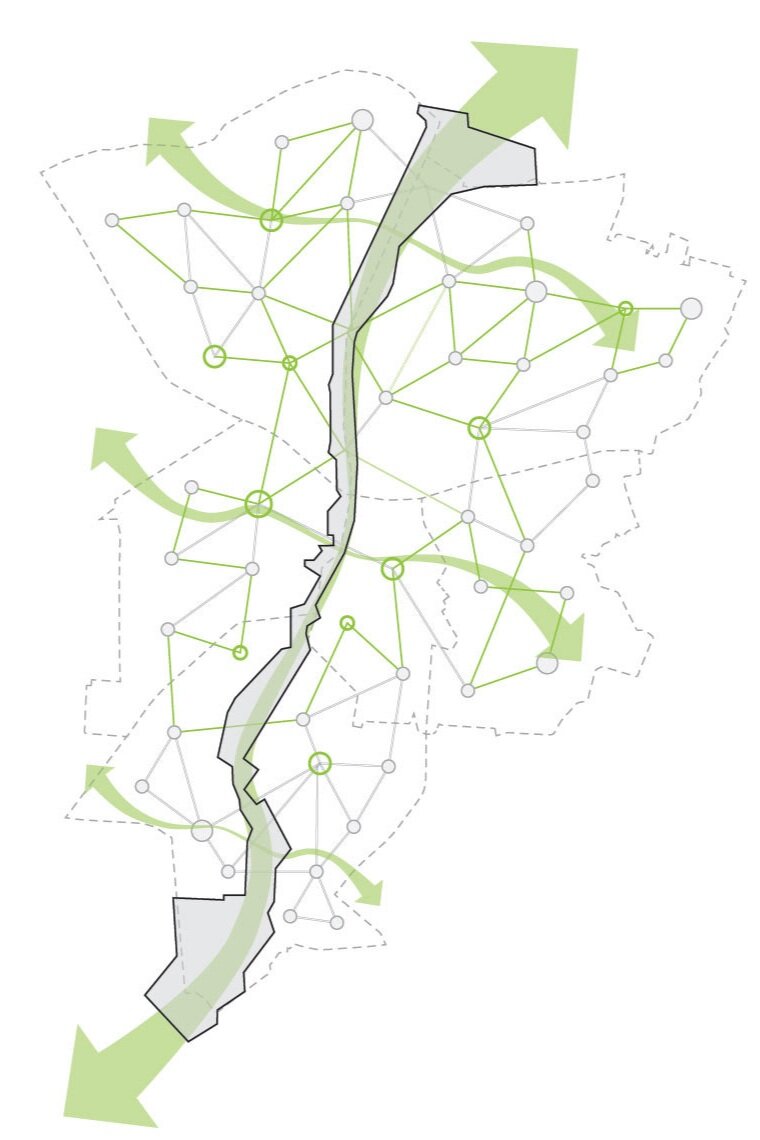DESIGN FOR CHANGE: AN ADAPTIVE APPROACH TO URBAN PLACES IN TRANSFORMATION
Palazzo E, 2020, in Hes D, Hernandez-Santin C (Eds.) Placemaking Fundamentals for the Built Environment, pp. 129-156, Palgrave/Macmillan, http://dx.doi.org/10.1007/978-981-32-9624-4_7
How much can a city change before becoming a different city?
Brian Walker
ABSTRACT
Placemaking approaches have attracted the attention of researchers, building professionals and government as promising tools to address socio-environmental challenges in urban design initiatives. However, the relationship between placemaking and rapid urban change has been relatively underrepresented in urban studies. This chapter focuses on the application of adaptive design thinking in the context of rapid urban change. It examines which strategies can be put in place, and how placemaking initiatives can assume a substantial role in urban design, to respond to the complex challenges posed by urban transformations. Through examination of the existing literature, the chapter defines a theoretical framework and then tests it against a case study in inner Sydney. Using the ongoing GreenWay project, the chapter describes ways to embrace change in urban areas through four adaptive strategies involving transdisciplinary, multifunctional, incremental and resilient dimensions of urban design and placemaking.
Fig. Long-term objectives and evolving project (Source GreenWay Masterplan 2018, McGregor/Coxall 2018)
KEYWORDS
Urban adaptive capacity - Urban resilience - Regenerative approach - Incremental change - Adaptive urban design
Fig. The Lords Road mural and the Hawthorne Canal community mosaic projects in August 2018 (Photo Elisa Palazzo)


